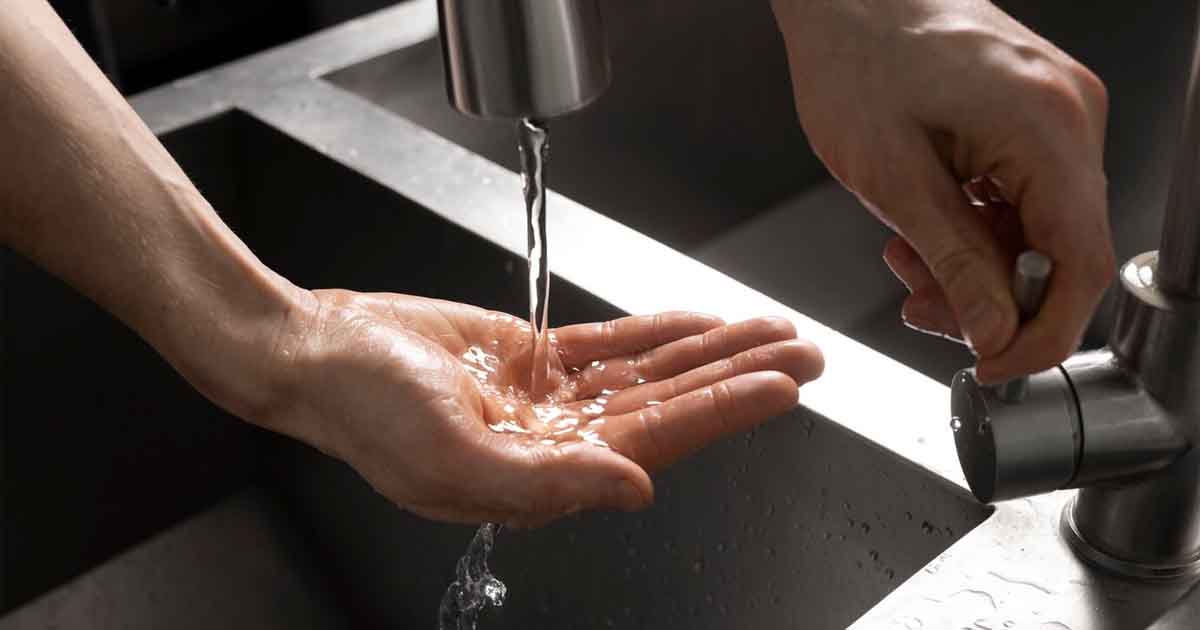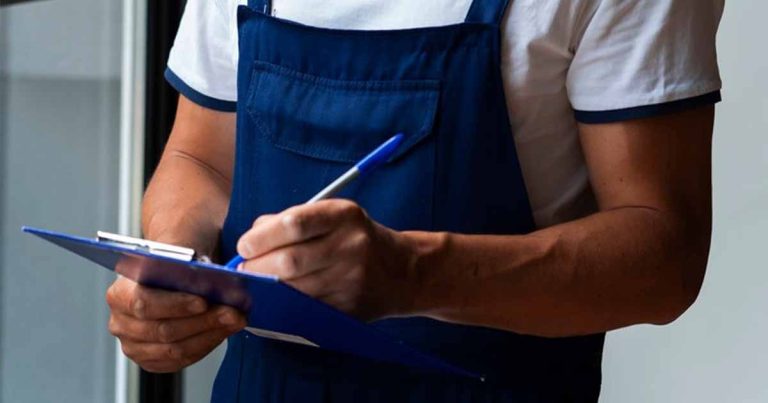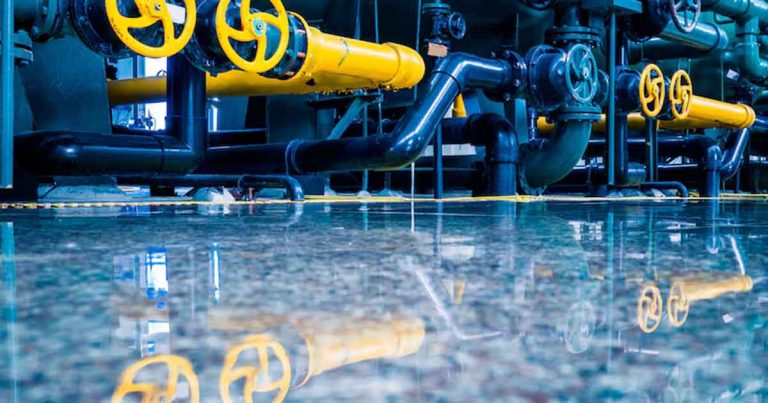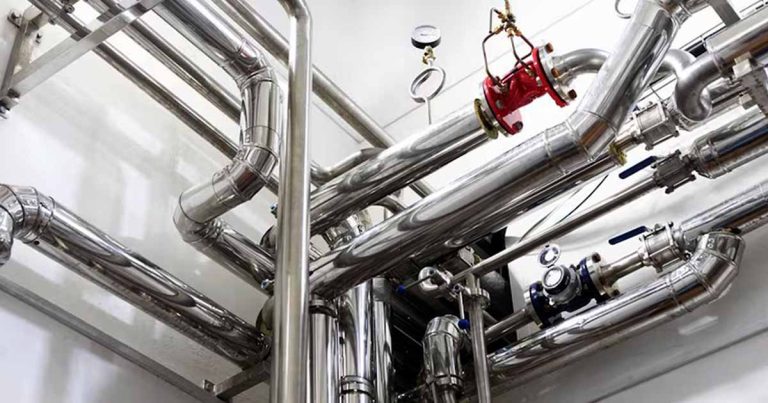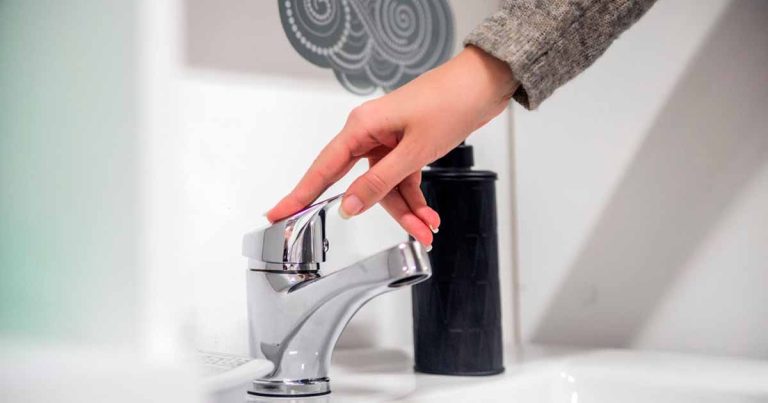Understanding New York’s Water Supply: Where Your Tap Water Comes From
New York City is globally recognized for its remarkably high-quality tap water. Understanding how this vital resource reaches your tap enhances your appreciation and highlights the importance of protecting and preserving New York’s water supply systems. This guide will walk you through the sources, treatment processes, distribution, and safety measures in providing fresh, clean water to millions of homes and businesses across New York.
Table of Contents
Sources of New York City’s Tap Water
The Catskill/Delaware Watersheds
Most of New York City’s drinking water—approximately 90%—originates from the Catskill and Delaware watersheds, located upstate. These pristine watersheds cover more than one million acres of protected land. Strict environmental regulations ensure the purity and quality of water, significantly reducing the need for extensive filtration.
The watersheds consist of several reservoirs and connecting waterways:
- Ashokan Reservoir
- Pepacton Reservoir
- Cannonsville Reservoir
- Rondout Reservoir
These natural reservoirs collect rainwater and snowmelt, gradually channeling it into the city’s extensive water delivery network.
The Croton Watershed
The Croton watershed provides around 10% of New York City’s drinking water and is the oldest of the city’s supply systems, located primarily in Westchester and Putnam counties. Due to increased urban development, the Croton system has undergone significant infrastructure improvements, including modern filtration plants, to maintain water quality standards.
The Journey of New York’s Water: From Reservoir to Tap
Collection and Storage
Water collected in reservoirs undergoes natural settling processes, allowing impurities to settle at the bottom. These reservoirs have substantial storage capacities, ensuring a reliable supply even during drought or high-demand times.
Water Treatment Process
New York City’s water supply undergoes rigorous treatment, although uniquely, the Catskill/Delaware watersheds remain largely unfiltered due to their exceptional natural purity. Instead, treatment includes:
- Ultraviolet (UV) Disinfection: UV rays effectively neutralize harmful microorganisms, making drinking water safe.
- Chlorination: Chlorine is added in carefully monitored amounts to eliminate any remaining pathogens and ensure water remains safe throughout distribution.
NYC’s Department of Environmental Protection (DEP) conducts routine water quality testing and monitoring to ensure compliance with state and federal standards.
Distribution and Delivery
Once treated, water travels through an extensive system of aqueducts, tunnels, and pipes. The New York City water system is gravity-fed, utilizing elevation differences from the reservoirs to propel water into the city naturally. Major tunnels such as the Catskill and Delaware Aqueducts supply most of the water, while the ongoing Third Water Tunnel project aims to improve reliability and infrastructure resilience.
Water Quality and Safety Standards in New York
New York City tap water consistently meets or exceeds the standards set by the Environmental Protection Agency (EPA) and New York State health authorities. Comprehensive annual water quality reports provide transparency about the water constituents, testing methods, and ongoing efforts to maintain and improve water quality.
Important quality and safety measures include:
- Regular testing for bacteria, chemicals, and heavy metals.
- Initiatives for replacing older lead service lines throughout the city.
- Publicly accessible water quality reports are released annually.
Challenges Facing NYC’s Water Supply System
Despite the overall reliability and high quality, New York’s water supply faces several challenges:
- Aging Infrastructure: Water mains, pipes, and tunnels require continuous maintenance and upgrades to prevent leaks and water main breaks.
- Climate Change Impacts: Extreme weather events, increased rainfall, drought conditions, and storms create significant risks for water supply reliability and quality.
- Urbanization Pressures: Expanding development near watersheds increases the risk of contamination and stresses protective measures currently in place.
Protecting and Conserving NYC’s Water Supply
Individuals and communities play a critical role in protecting and conserving the city’s water resources:
- Household Water Conservation: Practice mindful water usage, install low-flow fixtures, and promptly fix leaks.
- Preventing Contamination: Proper disposal of hazardous substances like medications, paints, oils, and chemicals.
- Community Involvement: Supporting watershed conservation programs and participating in local sustainability initiatives.
Frequently Asked Questions
Understanding the journey your tap water takes—from pristine upstate reservoirs to your home—highlights the extraordinary effort that goes into providing reliable, safe drinking water. Maintaining this high-quality water resource requires collective effort, responsible use, and continuous infrastructure improvements.
If you have concerns about your home’s water quality or plumbing, NYC Plumbing Solutions 24/7 is here to assist. Call us at +1-332-233-7252 or visit our Contact Page for professional service and peace of mind.

